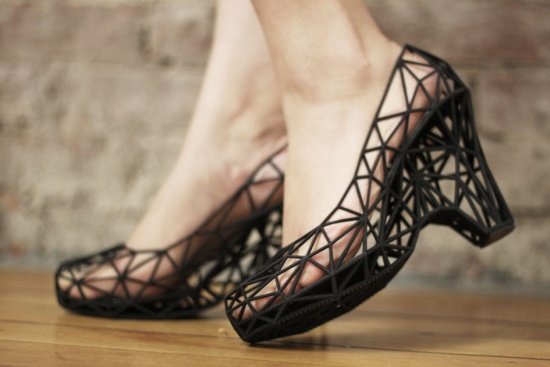
So what is disruption? According to The Disruption Machine, New Yorker, 2014, “it’s a rebellious instinct to discard old business clichés and remake the market landscape. They come from nowhere and instantly are everywhere.”
A disruption is an innovation so important that it forces change. It means you must adapt and do so quickly. It’s not just about markets and products…it’s about our thinking, our ideas, our work, our careers and our mind-sets.
Technological disruptions are moving so quickly it’s become difficult to even pay attention (‘next new bright shiny object’ fatigue)! But technology advancement continues to drive economic growth and unleash disruptive change.
Three Disruptions to Note
Disruption #1: Social Media
Not ‘hot off the press new’, but social media is still definitely worthy of mention as many organisations aren’t on top of their social strategy. Traditionally, companies controlled their message and their brand through well-defined media channels. But, not anymore!
Social media lets your customers, your employees, and your competitors all converse in open communities. Using social media they define and redefine corporate and personal brands—in real time. Companies caught out in their response to social media are seen to have spectacular meltdowns…followed eagerly by thousands.
As a business, your online social brand needs to be controlled. If you’re not in the conversation around your own products, then your customers and competitors will define your brand for you.
This extends to being attractive to, and attracting, high calibre talent. Your online presence is vital for your talent armoury. Without an online presence you are literally gifting your competition the best in the market.
Disruption # 2: Wearables – ready for the business
Wearable technology has many forms, such as glasses, watches, smart badges, and bracelets. The potential is tremendous: hands-free, heads-up technology to reshape how work gets done, how decisions are made, and how you engage with employees, customers, and partners.
Wearables are entering areas of previously prohibitive scenarios where safety, logistics, or even etiquette constrained the usage of technology. With wearables definitely in the spotlight today, we can expect more businesses to drive acceptance and use these devices – and add to the headaches of the CIO. BYOD [bring your own device] is about to be stretched to new limits!
The potential uses for wearables are staggering. In Australia, firefighters are being outfitted with a data-transmitting pill that can detect early signs of heat stress. Might health care insurance companies offer policy discounts for members who quantify their healthy lifestyles by wearing fitness-tracking devices?
Disruption #3: 3D printing
Until now, 3D printing has largely been used by product designers and hobbyists and for a few select manufacturing applications, but the performance of this machinery is improving and the price point is declining rapidly. Using 3D printing, an idea can go directly from a 3D design file to a finished part or product, potentially skipping many traditional manufacturing steps.
Its uses are mind-bending; anything from makeup, food and even ‘bio-printed’ organs are being created using 3D print technology. It has major disruptive potential and it’s growing fast. (TJ McCue predicts 3D Printing will be a $3 Billion industry by 2016).
Question: ‘Should We Panic?’
No. Bring in the creatives! Employ people who will shake the tree, look for new ways, ask questions and offer suggestions that will result in the development of breakthrough solutions.
Being naturally curious they will look for patterns and apply them to your business. They will interpret trends, use outward thinking, challenge outmoded practices and develop successful responses to outsmart the competition.
Embedding the creative thinking process allows an organisation to protect itself against the onslaught of disruption. The secret lies in an organisations’ ability to identify, hire and house creative thinkers within its walls.
We recently discovered an office in Amsterdam where all furniture is connected to wires and pulleys. By day – a groovy office, by night and weekends (with the furniture raised to the ceiling) – a dance, yoga or community space. Workplace disruption at its best!
Jane Kennelly, Director of Frog Recruitment Ltd, is a recruitment professional with over 25 years’ industry knowledge. On Oct 15, 2014, 80 of Auckland’s inspiring business leaders, decision makers and influencers will hear three insightful speakers debate the pros of embracing planned disruption, during the latest Frog Recruitment iNTRAPRENEUR Breakfast meeting.




